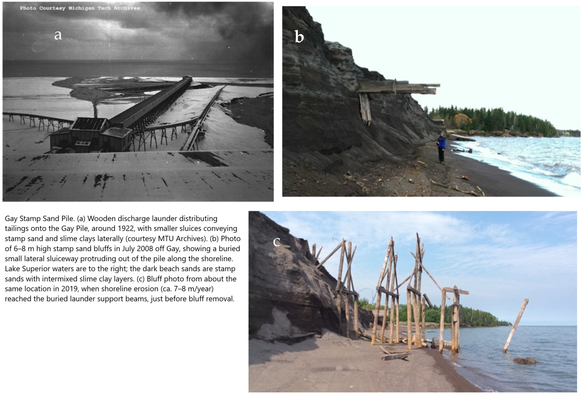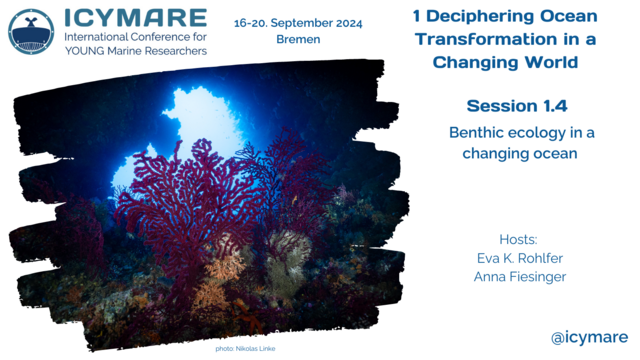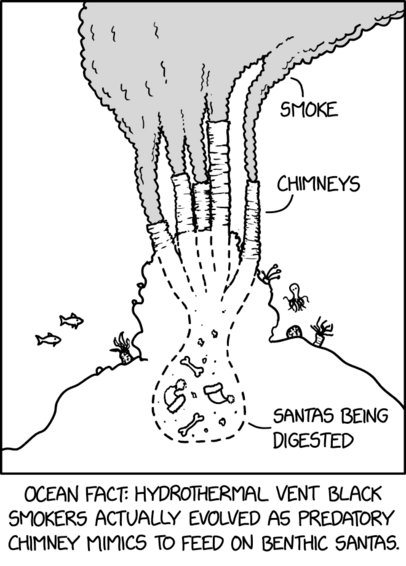Surprising good news: Seafloor species are creating new habitats out of unexploded World War 2 munitions in the Baltic Sea. Article links to open access paper. https://phys.org/news/2025-09-scientists-marine-life-world-war.html #ocean #environment #pollution #ecology #science #sciencenews #benthic #openaccess #oceanfloor
#benthic
Recently visited Monterey Bay Aquarium. Highlight was learning about, AND GETTING TO PET! these:
https://www.montereybayaquarium.org/animals/animals-a-to-z/giant-isopod
Monitoring Antarctic Krill (Euphausia Superba) Distribution In The Southern Ocean - Environmental DNA (eDNA) Adds To The Toolbox
--
https://doi.org/10.3389/fmars.2025.1502498 <-- shared paper
--
#GIS #spatial #mapping #spatialanalysis #krill #Euphausia #Antarctic #Antarctica #SouthernOcean #ecosystem #fishing #fishery #cost #economics #sustainability #sustainable #biomass #eDNA #DNA #remotesensing #acoustic #geostatistics #trawler #swarms #naturalresource #habitat #ice #benthic
Coastal Environments - LiDAR Mapping of Copper Tailings Impacts, Particle Retention of Copper, Leaching, and Toxicity
--
https://doi.org/10.3390/rs17050922 <-- shared paper
--
#GIS #spatial #mapping #remotesensing #earthobservation #coastalenvironment #coast #coastal #mine #tailings #minetailings #GlobalTailingsManagementStandard #Keweenaw #LiDAR #bathymetry #topobathy #UAS #drone #particledispersal #copper #retention #leaching #BuffaloReef #toxicity #Daphnia #benthic #organisms #risk #hazard #contamination #impacts #sediment #water #hydrology #Michigan #USA #LakeSuperior #PortageLakeVolcanic #geology #spatialanalysis #biology #ecosystems #fisheries #trout #enviornmentalimpacts #leaching #riparian #systems
Gehe heute ins Hühnermanhatten in Halle. Da läuft heut Metal/Hardcore.
Drownship (mit paar Leuten von Ex-Caleya)
und
Benthic (mit paar Leuten von Ex-Destiny/Destiny Program).
Geht glei los!
#Halle
#huhnermanhattanklub
#Drownship
#Caleya
#Benthic
#Destiny
#DestinyProgram
#Metal
#Metalcore
#Hardcore
Evolution of #DeepSea Anglerfish Illuminated https://today.ucsd.edu/story/evolution-of-deep-sea-anglerfish-illuminated-in-new-study
Reduced evolutionary constraint accompanies ongoing radiation in deep-sea #anglerfishes https://www.nature.com/articles/s41559-024-02586-3
"deep-sea #pelagic #anglerfishes evolved from a #benthic ancestor and quickly underwent rapid diversification... these results demonstrate that spectacular evolutionary radiations can unfold even within environments with few ecological resources and demanding physiological challenges."
A look back at my 1st paper in 2021, when my 1st PhD chapter was out, on the role of body size and mesohabitats productivities in the linkage of #pelagic & #benthic systems, with David Boukal.
#ecology #limnology #eutrophication #foodweb
https://doi.org/10.1111/ele.13772
Benthic "Two Tubes" sketch card for Topps Star Wars Chrome 2024. Available now!
#benthic #alien #twotubes #soloastarwarsstory #solofilm #cloudriders #starwars #Topps #sketchcard #sketchcards #toppstradingcards #toppscards #tradingcard #tradingcards #fanart #art #artwork #drawing #traditionalart #ink #markersart
Hello to new Blue people! I'm an artist who works a lot with researchers on all sorts of environmental things. Currently artist-in-residence with Convex Seascape Survey looking at #benthic #invertebrates One of my recent pieces made together with refugees and asylum seekers. Called SeaBed. 🧪🦑
I eat snails and have subterminal mouth
#ArcticCharr #iceland #Thingvallavatn #Úlfljótsvatn #benthic #head
N field pics
New NIOO publication: Changing #phenology of #benthic primary producers in inland #waters: Current knowledge and future directions. #climatechange #eutrophication #macrophytes #periphyton #habitats #ecosystemfunctioning
https://doi.org/10.1002/lol2.10381
IOB
In issue !
The Meioflume: A New System for Observing the Interstitial #Behavior of #Meiofauna
W M Ballentine, & K M Dorgan
https://doi.org/10.1093/iob/obae016
#benthic #invertebrates #biogeochemical #macrofauna #ecological
#science #biology
A weird octopus riding a bicycle
✅ https://tinyurl.com/5amyr6z7
This design is available on more than 150 products. You can modify it in the product you want using simple tools in a store or add text or an image.
#sea_bunny #sea_snail #seashell_summer_holiday #beach_sea_star_seashell #seashell_angels #octopus_picture #seashells_craft #seashell_set #seashell_watercolor #boho_seashell #kunstformen_der_natur #benthic #calamari #bioluminescence
Session 1.4 “Benthic ecology in a changing ocean” hosted by Eva Rohlfer from the Tvärminne Zoological Station (Helsinki) and Anna Fiesinger from the University of Konstanz
Find the call for abstracts on our webite:
https://tinyurl.com/ICYcallforabstracts
#ICYMAREfamily #ICYMARE #ICYMARE2024 #earlycareerresearchers #callforabstracts #marinescience #benthic #benthiccommunities #ecology #marineecology #marinebiology
Started From the Bottom https://oceanbites.org/started-from-the-bottom/
Animal #evolution at the #ocean’s water-air interface https://www.cell.com/current-biology/fulltext/S0960-9822(23)01526-9
"#neuston did indeed evolve from ancestors that were substrate-attached but not necessarily to the #seafloor. This means that the neustonic organisms may be derived from #benthic organisms and other organisms that aren’t benthic but still attach to a substrates in the #pelagic zone."
A Hybodus that I illustrated for an upcoming issue of the Steinkern Magazine under guidance of Sebastian Stumpf. Most reconstructions get the horns wrong.
#shark #hybodus #fish #jurassic #vertebrate_paleontology #palaeontology #mesozoic #fossil #sciart #scientificillustration #prehistory #watercolour #watercolourart #animalart #marinebiology #marinelife #wildlifeart #prehistoric #extinct #urzeit #animals #marineanimals #sealife #ocean #nature #coast #benthic #carnivorous
It's important to learn something every day. Even if that something is purely ridiculous.
Comic from https://xkcd.com/2872/
#humor #comics #webcomics #dnd #mimics #marinelife #benthic #santa #christmas #xkcd
Widespread Deposition In A Coastal Bay Following Three Major 2017 Hurricanes (Irma, Jose, And Maria) [USVI]
--
https://doi.org/10.1038/s41598-019-43062-4 <-- shared paper
--
#GIS #spatial #mapping #remotesensing #bathymetry #topobathy #usvi #usvirginislands #sediment #deposition #marine #terrestrial #hurricane #irma #jose #maria #extremeweather #climatechange #coastal #coast #ecosystems #seafloor #rainfall #precipitation #impacts #offshore #surveys #CoralBay #StJohn #storm #stormsurge #morphology #geomorphometry #aggradation #benthic #model #modeling #watersheds #hydrology #hydrospatial #coral #seagrass #coralreefs #habitat #habitatloss #stormevents #SWAN #wavemodel
Some #Caribbean #parrotfishes find benthic #CyanobacterialMats particularly tasty https://oceanbites.org/some-caribbean-parrotfishes-find-benthic-cyanobacterial-mats-particularly-tasty/
Preferential consumption of benthic cyanobacterial mats by Caribbean parrotfishes https://link.springer.com/article/10.1007/s00338-023-02404-5
"this research shows that #parrotfish grazing may help control the overgrowth of #benthic #cyanobacteria mats in #reefs, providing further support that parrotfishes are critical components of #reef ecosystems"
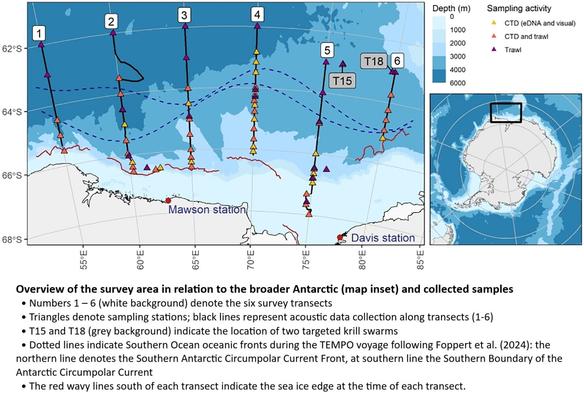

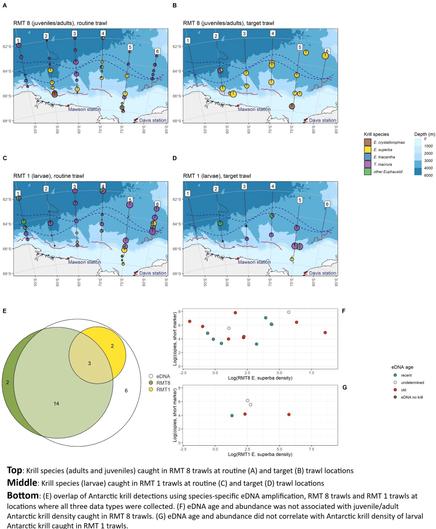
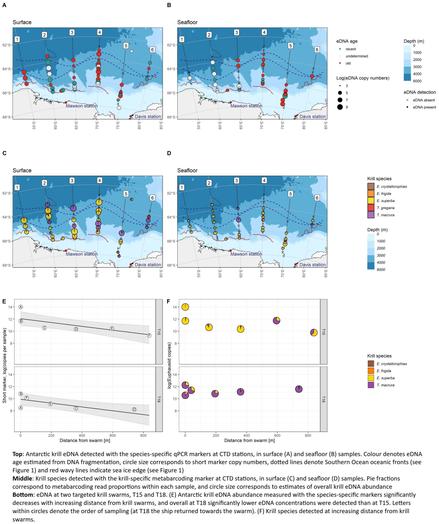

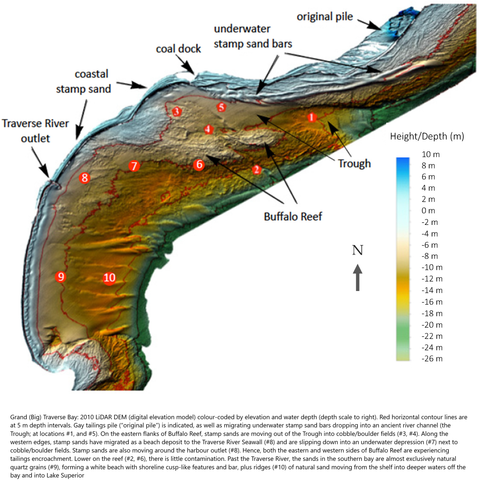
![aerial images - UAS high-resolution drone elevation and bathymetry surveys (base map 9 August 2022) of shoreline retreat at the original Gay pile location after bluff removal. Overlays along the beach edge trace shorelines in 2009, 2016, and 2022. The 78 m retreat over 6 years (2016–2022); equates to a 13 m/yr rate. The previous, nearly constant, long-term retreat rate prior to 2009 averaged 7.9 m/yr (ca. 26′) [7,57]. The original Jacobsville Sandstone shoreline, before stamp sands were discharged, is marked by the red border in the far-left upper region. Note white concrete basements of the two mills and remnants of both wooden and broken concrete launders in the northern region. Environmental recovery is beginning, as benthic organisms and fish are returning to clear underwater stretches of the bedrock shelf, where waves have removed stamp sands. Scattered trees (many birch) are beginning to colonise what is left of the original Gay Pile surface.](https://files.mastodon.social/cache/media_attachments/files/114/181/087/718/405/194/small/065f79c8b29e2466.png)
